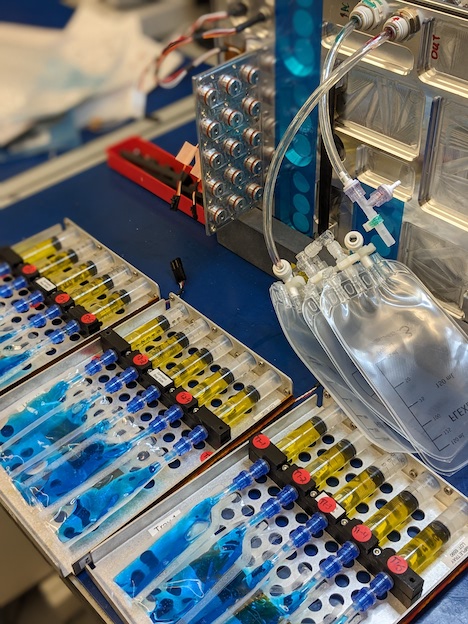Developing autonomous hardware for use on suborbital flight to evaluate the impacts of launch and landing on Candida albicans adaptation to spaceflight
PI: Sheila Nielsen, Montana State University - Bozeman, Stephanie Countryman (Co-I), University of Colorado - Boulder
PI: Sheila Nielsen, Montana State University - Bozeman, Stephanie Countryman (Co-I), University of Colorado - Boulder

- NA
Crew member reports and biological sample analyses have made evident that launch, transition to microgravity, and landing have cellular and physiological effects on biological organisms. Researchers can look at the cellular responses of various biological organisms to understand these effects. Candida albicans (an opportunistic pathogenic yeast), for example, can serve as a model system to predict and inform the responses of more complex organisms. Researchers have already demonstrated that C. albicans grown in microgravity responds with differential gene expression, morphologic changes, and increased resistance to an antifungal agent.Research and technology development in this area on commercial suborbital flights requires versatile, reliable, and autonomously functioning hardware and equipment. Once developed, such equipment and hardware can be more readily adapted for use on the Lunar Gateway as well as lunar and Mars expeditions.
This project involves developing modifications of BioServe Space Technology’s MOBIAS and PLASM automated culture hardware systems to support experiments that subject yeast to appropriately scheduled and autonomously initiated cell activity, analyzing its response to isolated windows of the flight experience—namely, launch, landing, and brief microgravity.
•Moon-and Mars-based bioscience research
Technology Details
-
Selection DateTechFlights20 (Sep 2020)
-
Program StatusActive
- 0 sRLV
Development Team
-
PISheila Nielsen
-
PI Organization
-
Co-IStephanie Countryman
-
Co-I Organization
-
Sponsor
-
PartnersUniversity of Colorado

